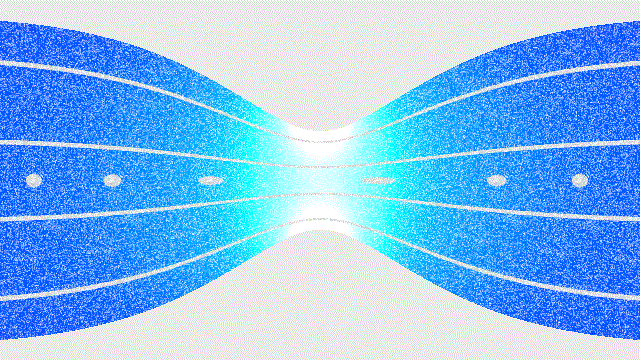Researchers Develop A Water Purifier that Requires No Electricity or Maintenance

Despite significant advances in access to safe drinking water over the past two decades, there are still 785 million people who continue to experience problems in this regard. The consequences are dire, as the lack of safe drinking water can lead to diseases such as diphtheria, cholera, and typhoid fever. Specifically, 1.6 million people die each year from diarrhea associated with inadequate water supply. At the I’mnovation-Hub, we have covered numerous water purification technologies that reduce the need for large infrastructures. From the use of hydrogels and sunlight to “harps” that collect atmospheric water and water filters made from liquid metal, there are already numerous alternatives. Now researchers at the Tufts University School of Engineering (USA) have introduced a new low-cost water purification device that expands the range of options. Its advantages? It requires no maintenance or power supply and has no moving parts, which minimizes malfunctions. So how does it work?

The Venturi effect in Kenya
When passing through a narrower channel, non-compressible fluids experience an acceleration in their flow. Known as the Venturi effect, this is the key to the operation of the proposed system. As explained in the article published in the journal Nature, water from the supply passes through a pinch valve and increases in velocity, which determines the amount of chlorine added from an adjacent tank thanks to the pressure differential and a needle valve. In addition, the machine includes a window that allows operators to check out the amount of remaining chlorine at any time so they can refill the tank if necessary.
Initial tests carried out in Kenya indicate that 98.2 % of the samples met the acceptable chlorine thresholds in the water. On the other hand, dosing remained consistent regardless of the water flow rate, as the system can operate in a range of 6 to 60 liters of water per minute. Moreover, during the six months in which the study was conducted, the devices required minimal maintenance. Except for one case where rust accumulation occurred, the efficiency of the machines was maintained throughout the entire period studied.
Finally, the inventors indicate that, on a commercial scale, each device would cost around thirty-five dollars.
Learning from bacteria to produce drinking water on Mars
In addition to killing germs, water purification often requires the removal of chemicals and heavy metals. The University of California Riverside has just developed a system inspired by the behavior of bacteria to eliminate perchlorate. This substance, which is very abundant in the Martian soil, has harmful effects on the thyroid gland, so any colonization effort should have efficient systems to eliminate it.
The researchers noticed that certain bacteria use molybdenum in their enzymes to metabolize perchlorate and produce energy. Thus, they developed a bioinspired catalyst that only requires hydrogen to remove perchlorate at room temperature. An additional advantage is that the technique could be adapted to generate oxygen from perchlorate in the soil.
Naturally, this technology project will also have practical applications in the potabilization of water on our planet. Perchlorate, being a by-product of some disinfectants and herbicides, is a pervasive substance in water reservoirs.
GIF: Wikipedia

